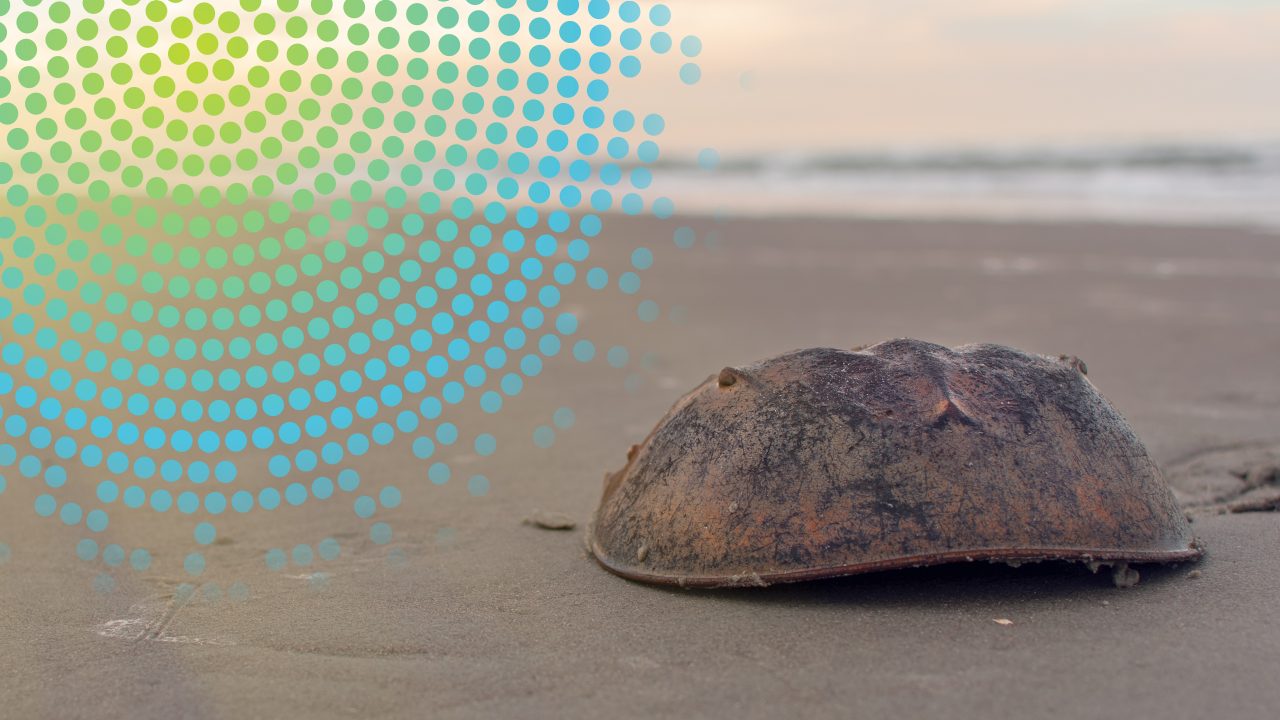Embrace rFC for Lab Transformation
⏱Read time: 3 minutes, 40 seconds
Endotoxin detection is not just a regulatory requirement; it's a critical factor in ensuring pharmaceutical safety. It's time to discover the transformative power of Recombinant Factor C (rFC) and its journey from being an alternative assay to becoming a compendial method.
The European Precedent: rFC as a Compendial Test
Recombinant Factor C (rFC) is recognized as a compendial test in the 27 member states of the European Union (Ph. Eur. Supplement 10.3). Its acceptance and utilization in Europe provide a solid foundation for its broader recognition in the field of endotoxin testing.
Leaving LAL Behind: rFC as the Sustainable Compendial Choice
In the United States, rFC has long been considered an alternative assay, subject to validation under USP <1225>. However, the status of rFC is now poised for a significant transformation as the US Pharmacopeia prepares to publish a new chapter (USP <86>) that categorizes rFC as a compendial test. This move aligns with USP's commitment to reducing the use of animal-derived materials and represents a major step forward in simplifying and modernizing endotoxin testing.
Validation Simplicity, Not Complexity
One of the most compelling aspects of adopting rFC is the validation process, which is far simpler than many assume. The transition from Limulus Amebocyte Lysate (LAL) to rFC can begin with tests on water, raw materials, and closure containers since these tests are said to be “inspectional” in that they do not require permission for change. This isn't just a change; it's an opportunity to gain a competitive edge going forward. These tests account for 80-90% of pharmaceutical testing, making them the perfect starting point for achieving supply chain assurance and sustainability goals.
The Validation Blueprint
Validation is necessary for any test and for compendial tests is referred to as “verification”. Verification considers that the method is already validated and concentrates on verifying sample compatibility. Method validation utilizes purified water to establish method quality attributes (accuracy, precision, ruggedness, etc.). These attributes have been repeatedly successfully established with rFC as per the manufacturer’s available validation data. Below is a recommended outline when beginning such testing.

A - Laboratory Setup
- Acquire a fluorescent reader compatible with rFC reagents and software.
- Establish Standard Operating Procedures (SOPs) governing various aspects of the rFC test.
- Qualify the reader per the manufacturer's instructions.
- Conduct analyst training.
The validation process for rFC as a pre-compendial method involves method validation as per USP <1225 and sample validation per USP <85>, which closely mirrors LAL's sample verification process.
Compendial chapter USP <86> will remove the necessity of demonstrating method attributes (accuracy, precision, limit of detection, etc.). Thereby, USP <86> will make the verification expectations on par with current LAL verification performance.
B - Alternative Validation Performance until USP <86> Adoption
The Method Validation demonstrates the required quality attributes expected of the Bacterial Endotoxin Test (BET), including accuracy, precision, specificity, linearity, range, detection limit, quantitation limit, and robustness. Specificity is particularly noteworthy, as rFC does not produce false positive reactions with various non-endotoxin substances, such as beta-glucans.
It it important to remember the following points:
- Focus on meeting the requirements of alternative method validation.
- Method validation uses purified water only and is performed once per laboratory.
- Validation should not be viewed as a barrier to implementation, but rather part of the learning process of implementing rFC and gaining lab proficiency.
C - Sample-Specific Validation
- Document item validation for any sample that is not purchased purified water.
- Include a non-inhibitory concentration (NIC) test and an inhibition/enhancement (I/E) test.
- These tests ensure that interference properties that are present can be overcome, establishing the routine test dilution range (between the NIC and MVD).
- Control standard endotoxin/reference standard endotoxin (CSE/RSE) spiked and non-spiked endotoxin sample PPCs are used for validation.
With a qualified reader and SOPs in place, a full validation can be completed in as little as two days, requiring just six rFC assays, involving two operators and three reagent lots. If desired, request and follow the reagent manufacturer’s validation documentation or allow the reagent manufacturer to perform the method validation in your lab.
rFC in Regulatory Recognition
Both the FDA and the European Directorate for the Quality of Medicines and Helathcare (EDQM) have recognized the advantages of rFC and its equivalency with LAL. EDQM has published a compendial rFC test chapter (2.6.32), while FDA guidance mentions rFC assays for BET.
Additionally, the USP is in the process of adopting rFC within its regulatory framework, in the upcoming Chapter <86>. This development solidifies rFC's position as the future of endotoxin testing, recognized not only in Europe but also in the U.S.
Make the Transition to rFC: Your Shortcut to Success
Implementing rFC is not just a smart choice; it's the strategic move that will set you apart. Our team is ready to guide you through this transformative journey. In a mere week, you can have the rFC method fully implemented and rigorously validated for routine testing.
RFC offers compatibility with high throughput testing requirements, such as purified water assessments as the reagent are completely stable at room temperature for several hours. And rFC aligns seamlessly with your sustainability and supply chain assurance goals as a non-animal derived reagent.
Discover Additional rFC Endotoxin Resources
References:
(1). Kakinuma, A., T. Asano, H. Torii, and Y. Sugino. 1981. Gelation of Limulus amebocyte lysate by an antitumor (1,3)-p-D-glucan. Biochem. Biophys. Res. Commun. 101:434-439.
(2). Ikemura et al., False-positive result in Limulus test caused by Limulus amebocyte lysate-reactive material in immunoglobulin products, J Clin Microbiol, 1989 Sep;27(9):1965-8.
(3). Nakao, A., Yasui, M., Kawagoe, T., Tamura, H., Tanaka, S., and Tagaki, H. (1997) “False positive endotoxemia derives from gauze glucan after hepatectomy for hepatocellular carcinoma with cirrhosis,” Hepato-Gastroenterology 44: 1413-1418
(4). Pearson, F. C., Bohon, J., Lee, W., Bruszer, G., Sagona, M., Jakubowski, G., Dawe, R., Morrison, D., and Dinarro, C., (1984): “Characterization of Limulus Amoebocyte Lysate-Reactive Material from Hollow-Fiber Dialyzers,” Appl. Environ. Microbiol. 48: 1189-1196.
(5). False positive endotoxin results in a DC product caused by (1→3)-β-D-glucans acquired from a sterilizing cellulose filter, Anderson et al., Cytotherapy 4(6): 557-9, Feb. 2002.
(6). Nagasawa et al., Experimental proof of contamination of blood components by (1-3)-β-D-glucan caused by filtration with cellulose filters in the manufacturing process, Jour. Artificial Organs (2003) 6:49–54.
(7). Modern Perspectives on LAL Non-Endotoxin Reactivity, Williams, APR, Dec. 2021.
Wednesday, December 1, 2021.
(8). Roslansky and Novitsky, Sensitivity of Limulus amebocyte lysate (LAL) to LAL-reactive glucans, J Clin Microbiol., 1991 Nov;29(11):2477-83.
(9). Marius, Vacher, and Bonnevay, Comparison of bacterial endotoxin testing methods in purified pharmaceutical water matrices, Biologicals, Volume 67, September 2020, Pages 49-55.
(10). Bolden J, Knight M, Stockman S, Omokoko B. Results of a harmonized endotoxin recovery study protocol evaluation by 14 BioPhorum Operations Group (BPOG) member companies. Biologicals. 2017;48:74–81.



